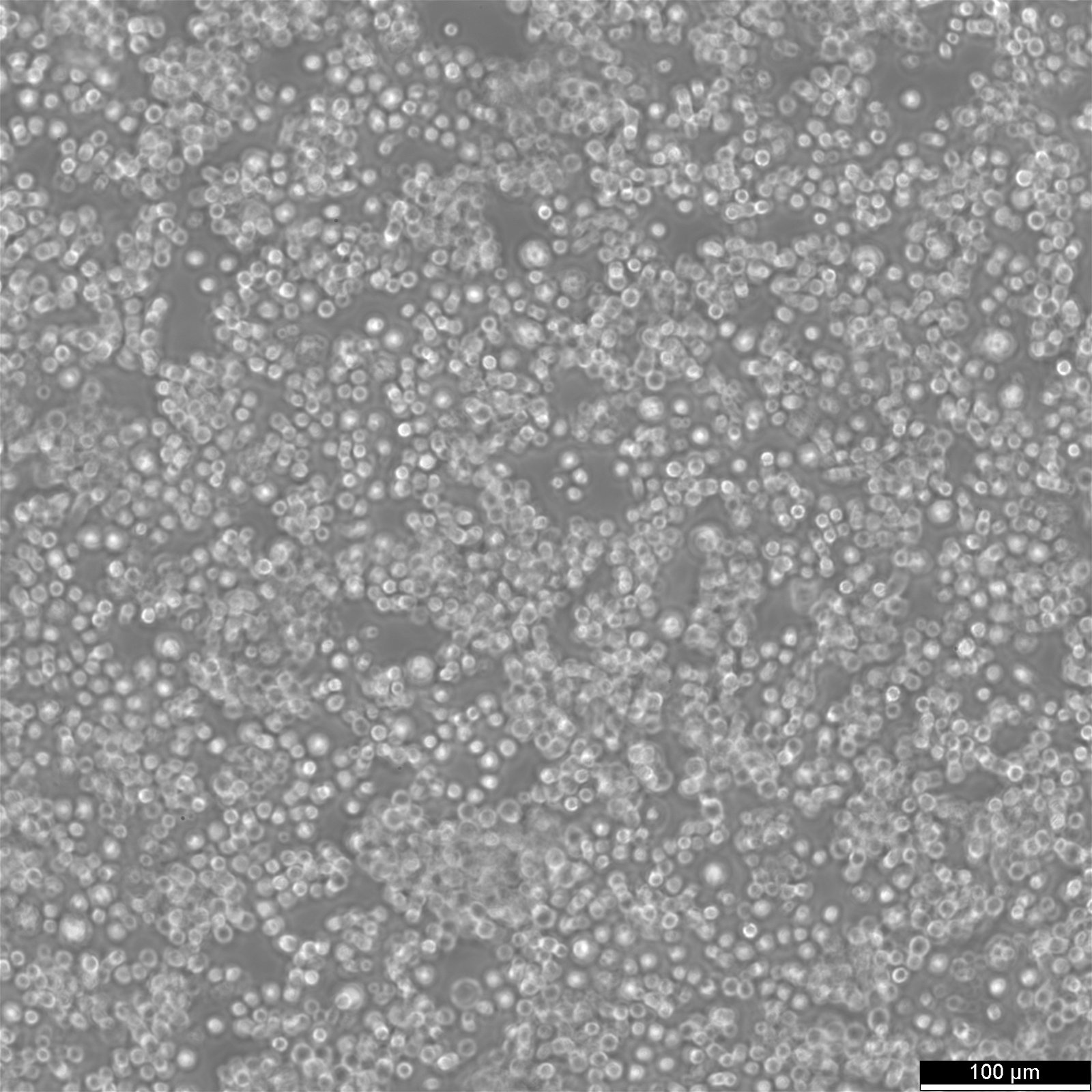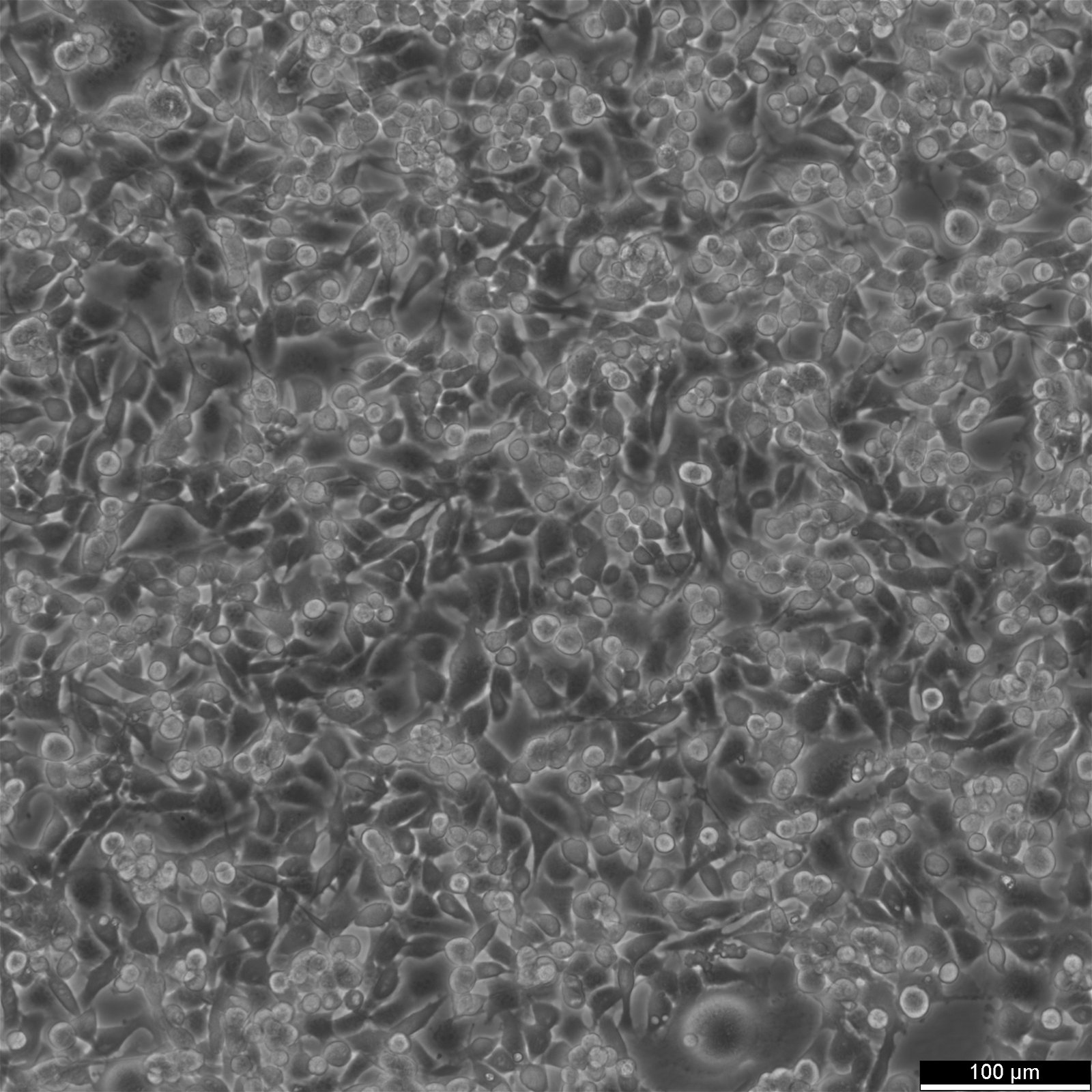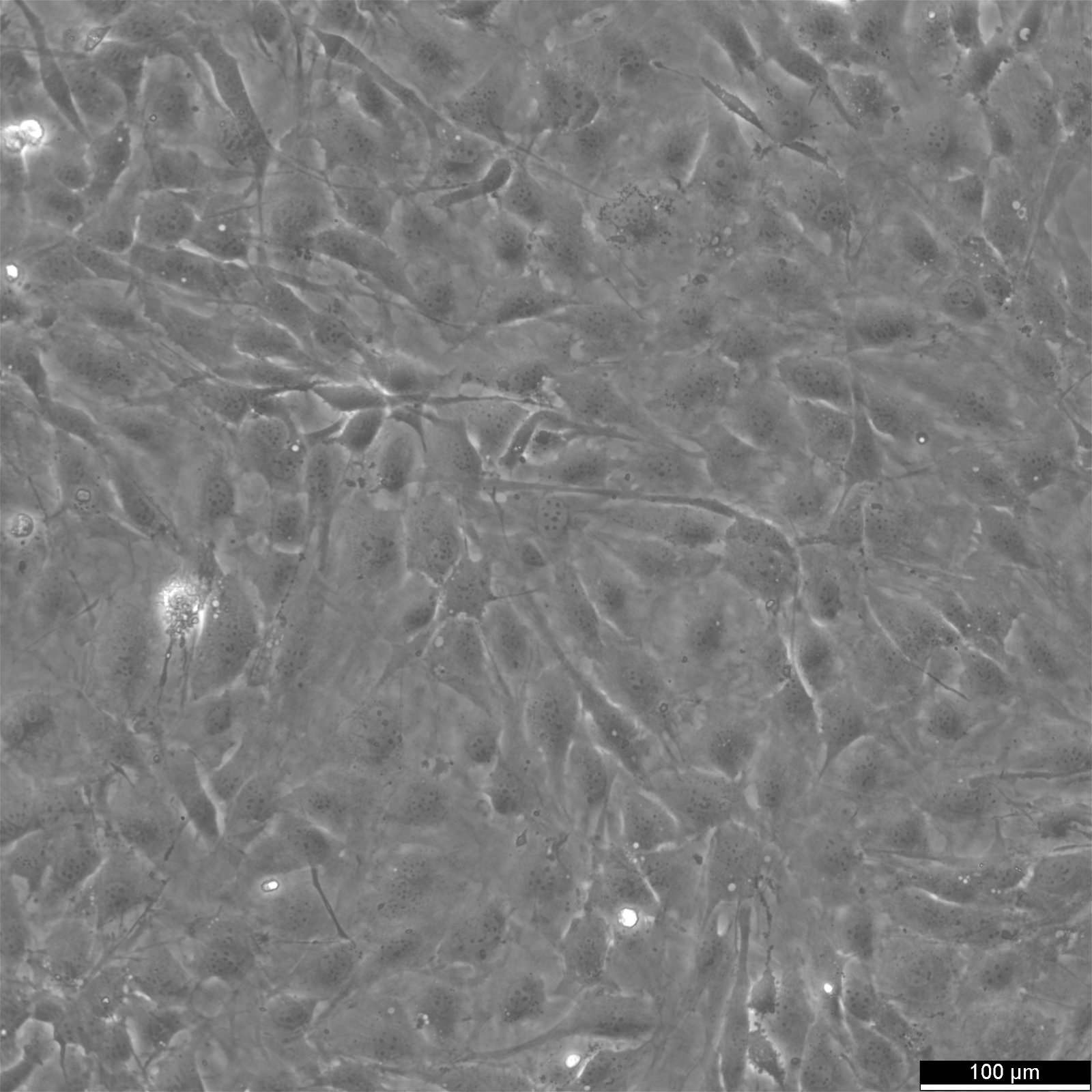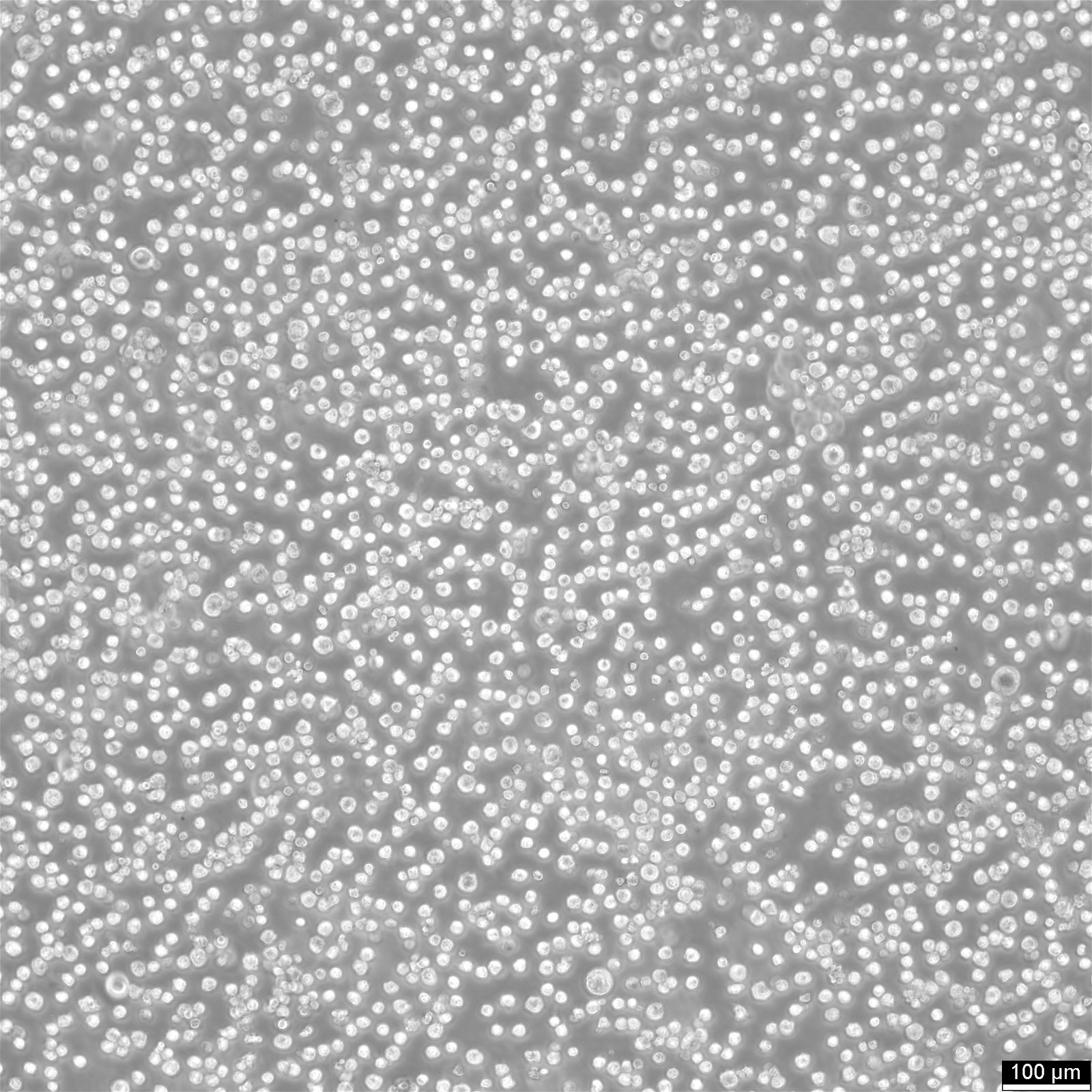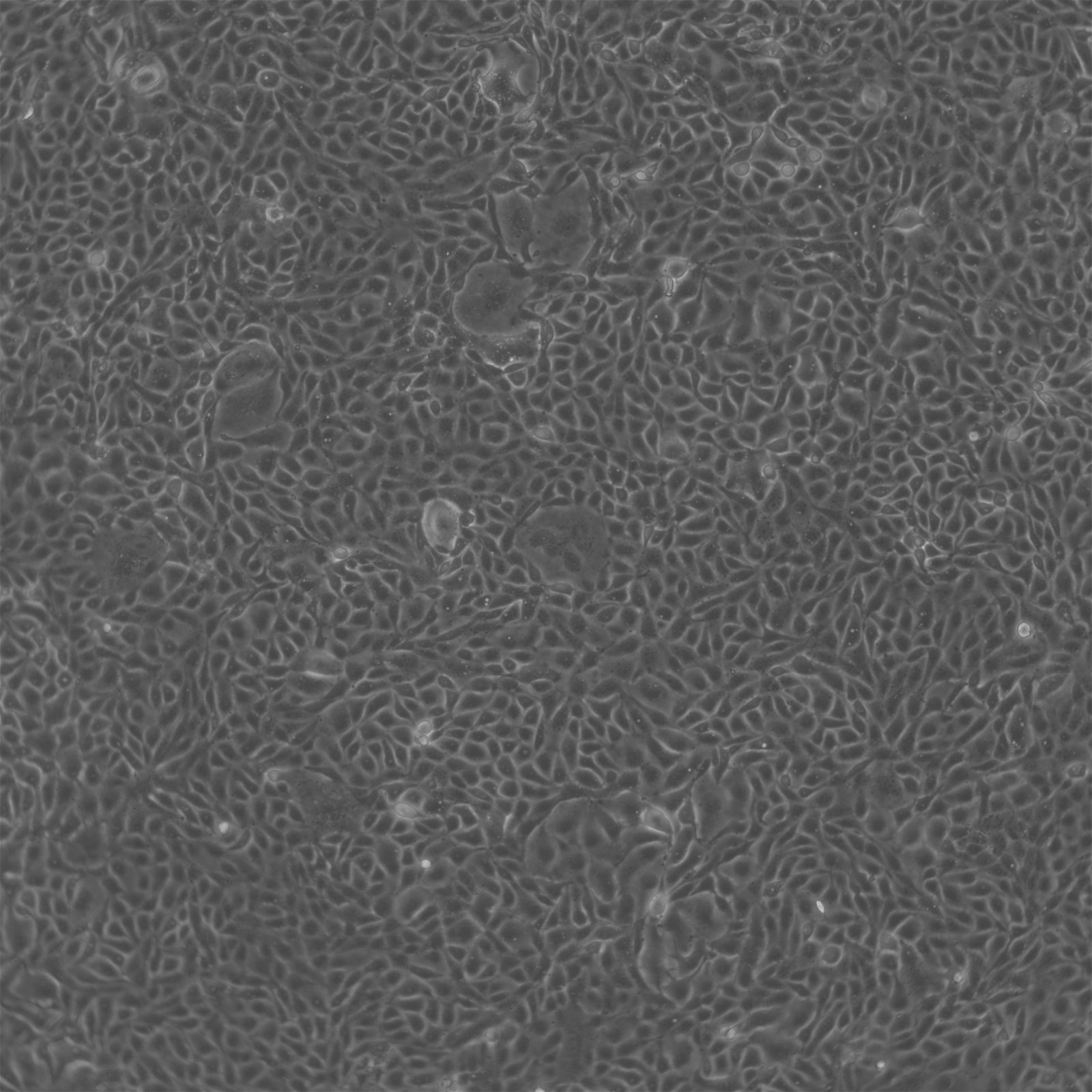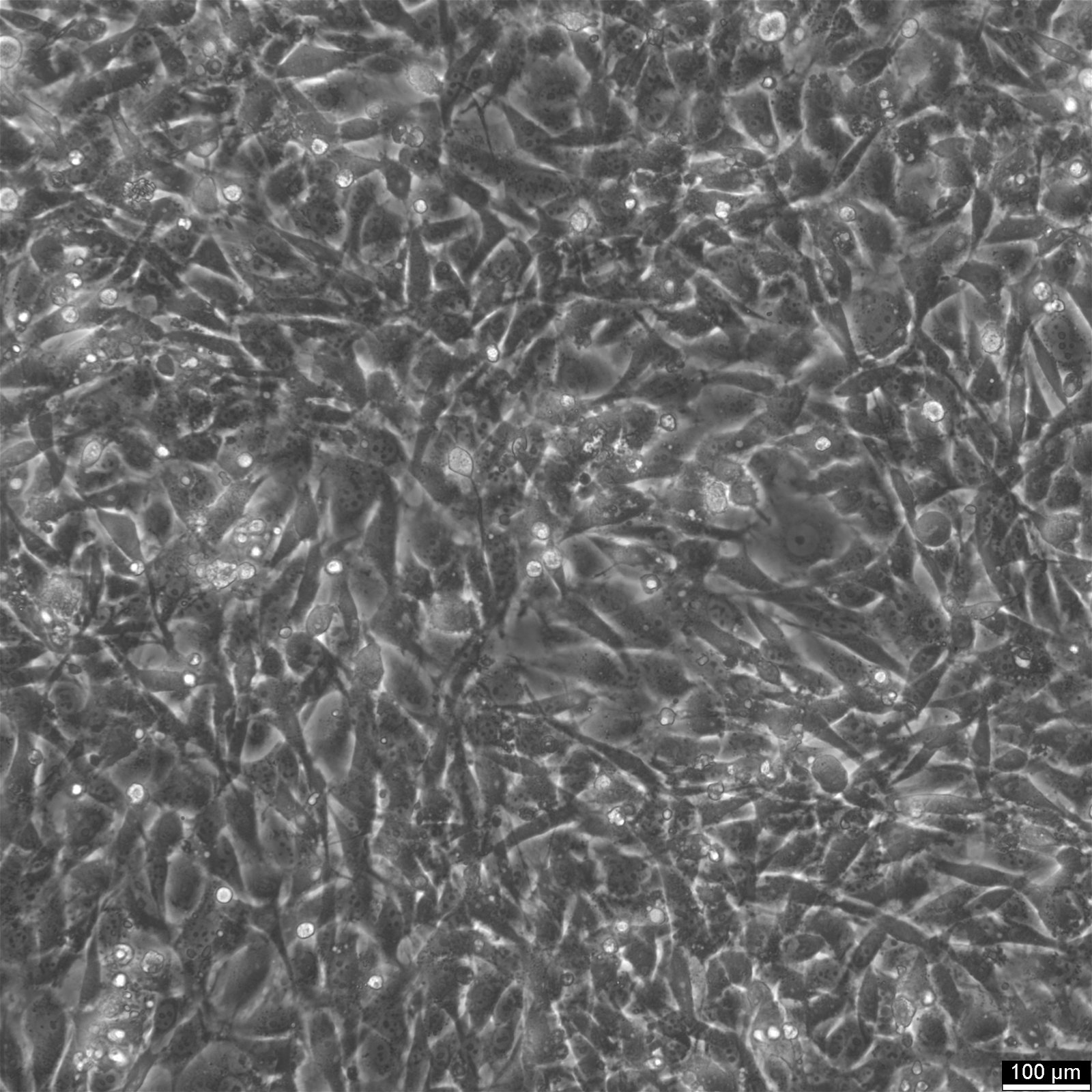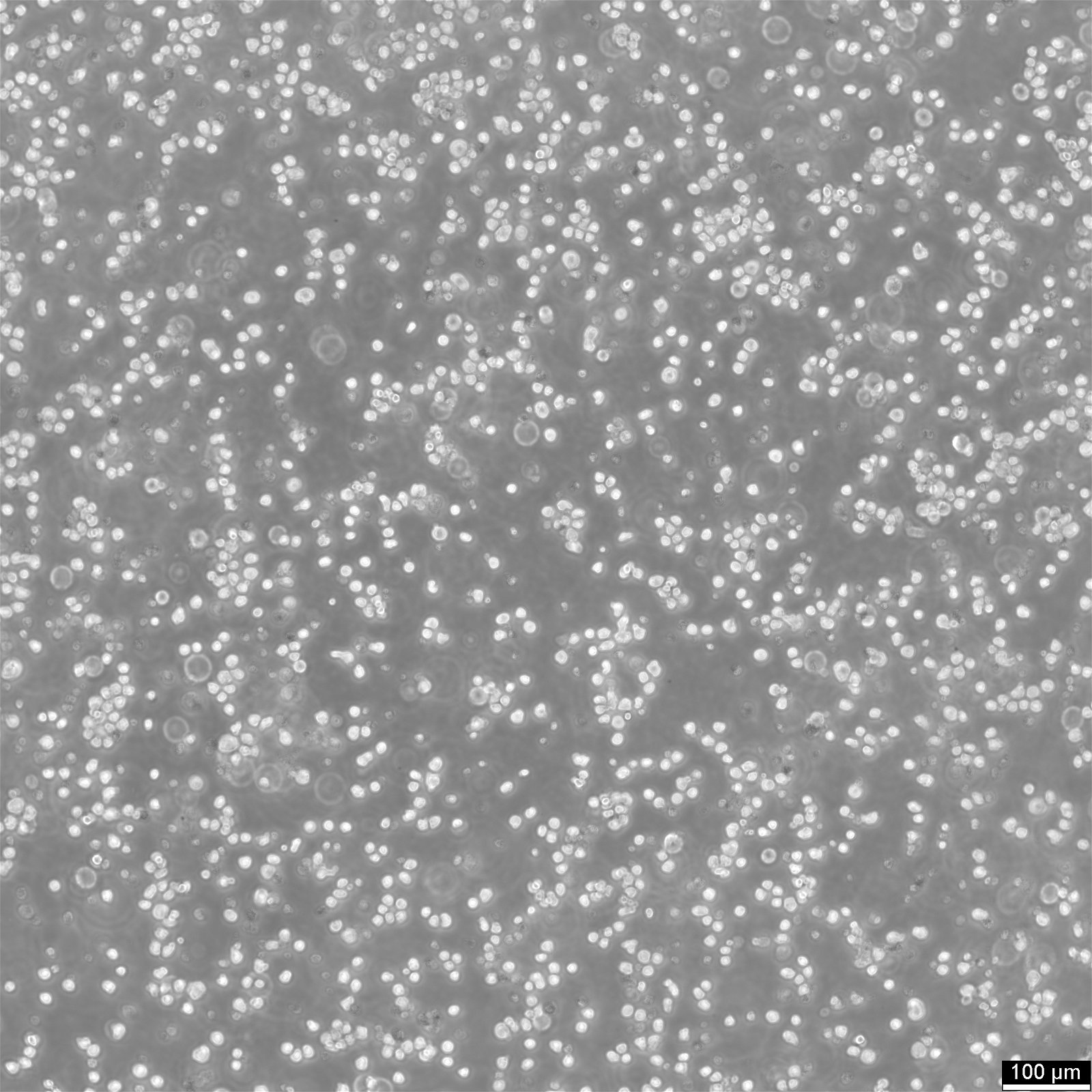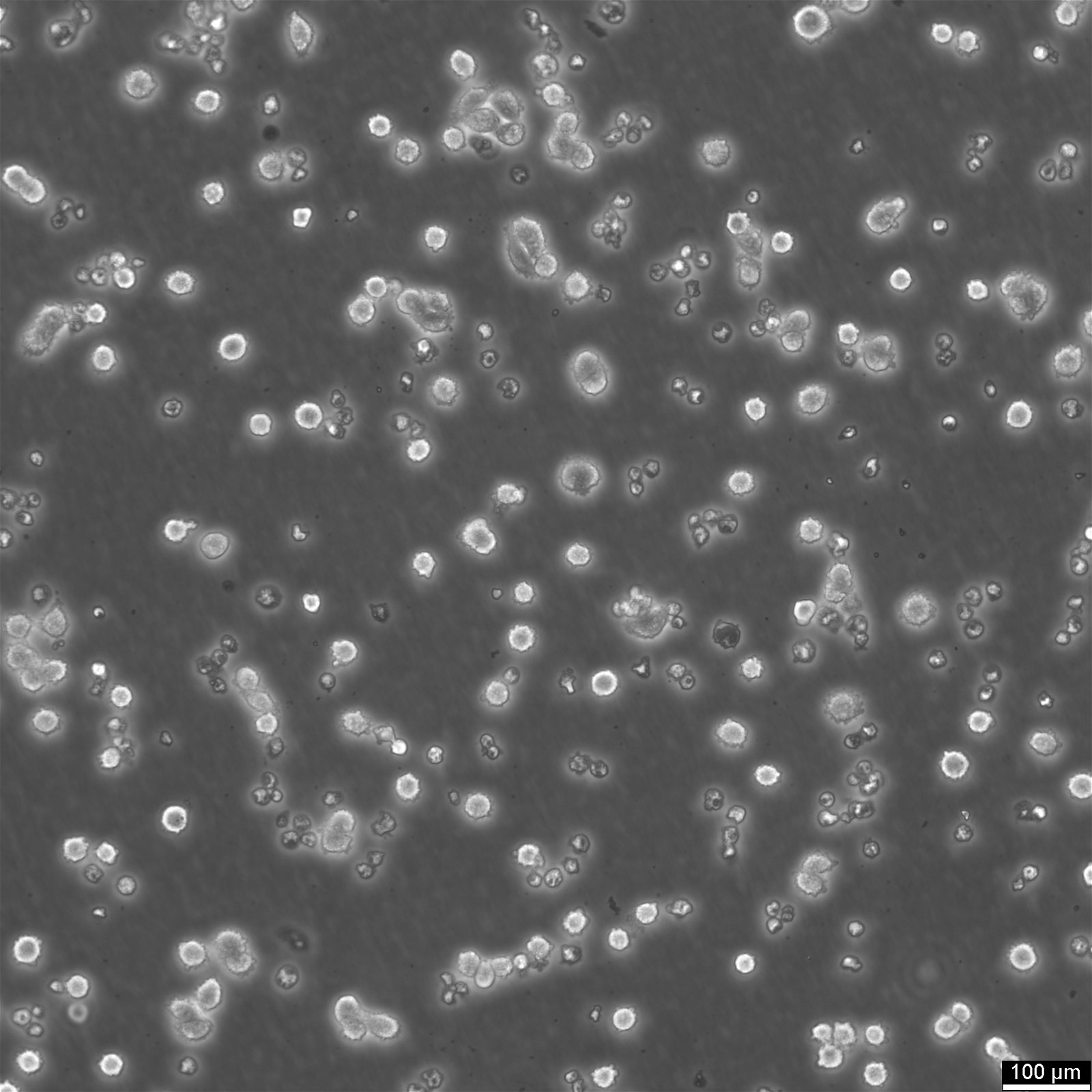| Organism | Rat |
|---|---|
| Tissue | Mammary gland |
| Disease | Adenocarcinoma of the rat mammary gland |
Animal cell lines
Animal cell lines are an essential component of research in the field of cell biology and biomedicine: Researchers are able to employ animal cells to study a wide variety of disease pathways and evaluate innovative treatments in animal models before translating the findings of these studies to human patients because animal models are more closely analogous to human systems.
What are animal cells?
The most basic and fundamentally functioning unit of life in animals is the animal cell. It is the fundamental building block of the reproductive process. They are referred to as eukaryotic cells. This indicates that animal cells, in contrast to prokaryotic cells, include membrane-bound organelles that are suspended in the cytoplasm and are surrounded by a plasma membrane.
When microscopy was established in the 17th century, the first animal cells were examined for the first time. Even though he did it using samples from plant cork, the English natural philosopher Robert Hooke was the first person to describe tiny holes, which he subsequently referred to as cells.
Anton van Leeuwenhoek, a scientist from the Netherlands, was also able to see cells via the lens of a microscope. He was the first person to characterize the red blood cells and sperm cells of animals and humans, in addition to the single-celled species such as prokaryotic cells and protozoa.
Differences to plant cells
However, plant cells also have this essential property in common with animal cells. Eukaryotic cells are found in both animal cells and plant cells, hence, a plant cell also has this property. The existence of a cell wall, on the other hand, makes it possible to recognize plant cells as distinct from animal cells. In addition to this, plastids, namely chloroplasts, which are essential to the process of photosynthesis in plants are absent from animal cells.
Applications
-
Model Systems
The cultivation of animal cells offers an excellent model system for the investigation of fundamental aspects of cellular biology and metabolism.
Animal cell culture has been employed in research as a 2D and 3D culture model for a variety of investigations relating to the study of infectious agents and pharmaceuticals.
In addition, a crucial advantage of using an animal cell line for research is, that the use of experimental animal models can be reduced.
-
Toxicity Testing
The use of animal cell cultures as an alternative to animal testing in the toxicity assessment of novel medications, chemicals, and cosmetics is becoming more common. The kidney and the liver are the primary organs from which animal cell cultures are produced and employed in this field.
-
Cell-based Manufacturing
Animal cell cultures have the potential to be used for the mass generation of viruses that may then be utilized in the manufacturing of vaccines. Numerous vaccinations, such as those for polio, rabies, measles, chickenpox, and hepatitis B, have benefited from the use of this tactic.
In addition to the creation of viruses, animal cell culture has the potential to be used in the manufacturing of genetically modified items with both commercial and medicinal applications. Products may come in a variety of forms, including monoclonal antibodies, insulin, hormones, and so on.
-
Drug Screening and Development
Assays that are based on animal cell cultures are becoming an increasingly important part of the pharmaceutical business. Not only are they utilized for toxicity testing, but also for high throughput screening of potential drugs.
-
Cancer Research
In the field of cancer, animal cell cultures have been used for the purposes of biomarker and molecular research. Additionally, cancer cells grown in culture have the potential to act as test models for a variety of different anticancer drugs.
Recent research in the field of cancer is looking ahead to finding ways to eliminate cancer cells selectively in populations that also include normal primary cells.
-
Virology
In order to circumvent the need for animal testing, the replication of viruses has sometimes made use of animal cell culture. These reproduced viruses may be used for the manufacturing of vaccines, as well as for the isolation and investigation of fundamental viruses.
-
Genetic Engineering
The concept of rewriting one's genes so that they generate different proteins is at the heart of genetic engineering.
The capacity to introduce additional genetic material into cells is referred to as transfection. Animal cell cultures may be subjected to transfection in order to generate a substantial quantity of novel proteins for the purposes of clinical research or medical treatment.
-
Gene Therapy
Because we now know that animal cell cultures may be used for genetic engineering, we also know that genetically modified cells can be utilized for therapeutic purposes.
A patient's cells may be removed and then replaced with created cells that have the required functional gene. This procedure is called ex vivo gene therapy. A viral vector might be used to insert the missing gene into the cells of the patient as an alternate treatment method.
-
Stem Cell Therapy
Stem cell research and stem cell therapeutic applications have both made use of animal cell cultures of stem cells.
In particular, mesenchymal and hematopoietic stem cells have been used in both fields. Research on induced pluripotent stem cells has also made use of animal cell cultures consisting of somatic cells from different animals.
-
Replacement of Tissues or Organs
Animal cell culture has the potential to serve as a substitute for organs or tissues. This method, for instance, may be used to manufacture artificial skin, which can then be used to heal individuals who have burns or ulcers.
On the other hand, there is an ongoing study on the cultivation of artificial organs such as the liver, kidney, and pancreas. Both embryonic and adult stem cell cultures are the subjects of current study and technology development in the field of organ culture.

